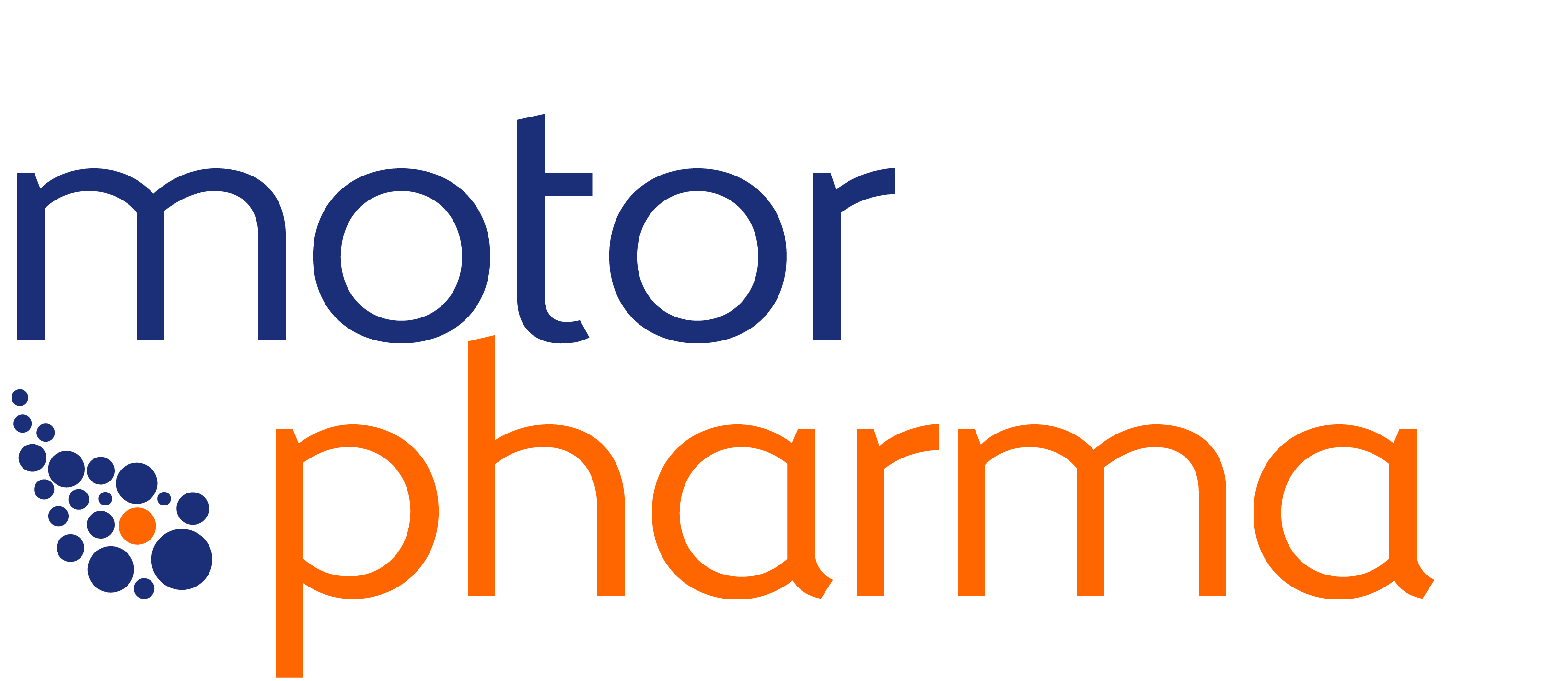Recovery after stroke
Motorpharma validated a conceptually new target, smooth muscle myosin to expedite recovery after ischemic stroke. We developed a formulation and administration technique to target the ischemic brain region and developed a promising lead.
Ischemic
stroke
Acute ischemic stroke is an ever-increasing disease affecting the entire world’s population despite the wide range of efforts to improve preventive strategies. Ischemic stroke treatment with special focus on regeneration is of immediate and serious medical and economic interest due to the high occurrence of stroke and its serious lifelong consequences.
Stroke treatment with intra-arterial thrombolytics, such as plasminogen activators still remain the mainstay intervention per se or in combination with mechanical thrombectomy, which must be further evolved to decrease the mortality rate of the disease and to ameliorate the consequences for the stroke survivors.
people suffer a stroke each year
percent of people die from stroke
percent of stroke survivors have life-long disablilities
PRECLINICAL STUDIES
Major challenge
At the entrance of capillaries the pericytes containing smooth muscle filaments contract upon hypoxia during stroke and remain permanently contracted even after the restoration of blood flow in large vessels. This pericyte contraction hinders the restart of healthy blood flow and metabolism at the capillary level after thrombectomy or thrombolysis.
Stroke model
The effectiveness of smooth muscle myosin inhibition was tested in a rodent transient Middle Cerebral Artery Occlusion (tMCAO) stroke model, which imitates the ischemic stroke attack followed by thrombectomy. Our candidate significantly improved the neurological deficits of the animals.
Restoring blood flow
Cerebral blood flow was restored in the most important cortical and subcortical regions 7 days after treatment. Altogether 33 out of the 67 affected functional brain regions recovered upon treatment, as opposed to 9 in the control animals.
Current status of the development
The Target Product Profile for our inhibitor is an add-on therapy for thrombectomy to open the hypoxia-induced constriction of brain capillaries.
Currently we deeply analyze the efficiency of targeted brain delivery of our inhibitor in stroke models involving aged animals, cardiovascular risk factors and we also develop non-rodent animal models.

